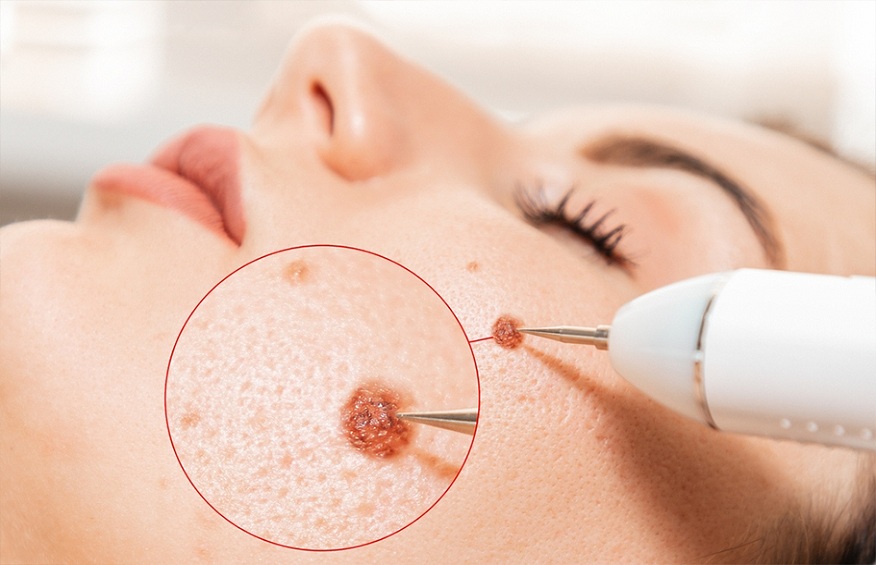Introduction
Warts are a common dermatological condition that affects people of all ages. These small, benign growths can appear on various parts of the body, causing discomfort and embarrassment. While warts are generally harmless, many individuals seek effective methods for their removal. In this article, we will explore the different types of 疣, their causes, and the available treatment options for wart removal.
Causes of Warts
Symptoms of Warts
Warts have distinct characteristics that can help identify them. Common symptoms include:
Raised Bumps on the Skin
Warts usually appear as small raised bumps on the skin. They can have a rough texture and may be slightly elevated or flat.
Rough Texture
Warts often have a rough surface, similar to that of a cauliflower. This texture distinguishes them from the surrounding skin.
Black Dots or Spots
Some warts may contain tiny black dots or spots. These dots are actually small blood vessels that supply the wart with nutrients.
Itching or Discomfort
In certain cases, warts may cause itching or discomfort, especially if they are located in an area prone to friction or pressure.
Prescription Medications
In certain cases, a healthcare professional may prescribe stronger medications such as topical creams or gels containing higher concentrations of salicylic acid or other ingredients like imiquimod or tretinoin.
Cryotherapy
Cryotherapy involves freezing the wart using liquid nitrogen. The extreme cold temperature destroys the wart tissue, allowing it to gradually fall off. Cryotherapy is a common and effective treatment method for various types of warts.
Surgical Removal
In some situations, surgical removal may be necessary, particularly for large or stubborn warts. This procedure involves cutting out the wart under local anesthesia. Surgical removal is often performed in a doctor’s office or outpatient clinic.
Laser Treatment
Laser treatment uses focused laser beams to target and destroy the wart tissue. It is commonly used for warts that are resistant to other treatment methods or in cases where a precise and controlled removal is required.
Prevention of Warts
While it may not be possible to completely prevent warts, certain measures can reduce the risk of contracting them:
Practicing Good Hygiene
Maintaining good personal hygiene can help minimize the risk of warts. Regularly washing hands and keeping the skin clean and dry can prevent the entry of HPV.
Avoiding Direct Contact with Warts
Avoiding direct contact with warts can significantly reduce the chances of contracting the virus. It is important not to touch warts on oneself or others and to avoid sharing personal items with individuals who have warts.
Wart removal gels
脫疣 gels usually contain salicylic acid and are applied directly to the wart. The gel penetrates the wart and gradually removes it. These gels may requiremultiple applications over several weeks for complete wart removal.
Medical Procedures for Wart Removal
In cases where home remedies and over-the-counter treatments do not effectively remove warts, medical procedures may be necessary. These procedures are typically performed by healthcare professionals and offer more targeted and immediate wart removal. Some common medical procedures for wart removal include:
Cryotherapy
Cryotherapy performed by a healthcare professional involves the use of liquid nitrogen to freeze the wart. The freezing temperature destroys the wart tissue, allowing it to slough off over time.
Electrosurgery
Electrosurgery uses an electrical current to burn and destroy the wart tissue. This procedure is typically performed under local anesthesia and may require multiple sessions for complete removal.
Laser therapy
Laser therapy utilizes a laser beam to target and destroy the wart tissue. It is a precise and effective method of wart removal, usually performed in a medical setting.
Excision
Excision involves surgically removing the wart using a scalpel or other surgical tools. This procedure is typically reserved for large or stubborn warts and may require stitches afterward.


